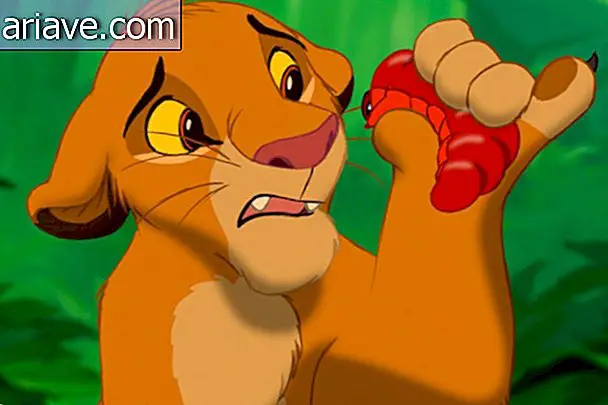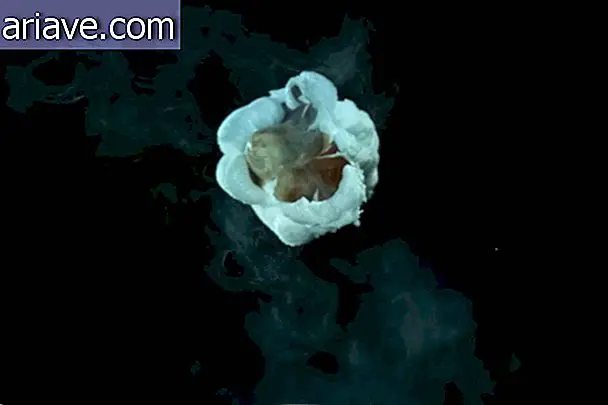'Mummified' dinosaur exhibited at Canadian Museum
“We don't just have a skeleton. We have a dinosaur like it would have been. ” That's how Caleb Brown, a researcher at the Royal Tyrell Museum in Alberta, Canada, defined for National Geographic the 'dinosaur mummy' recently released by the museum.
Scientists probably have it as the best-preserved specimen ever discovered, and because it is in such good condition, many have come to call it a "dinosaur mummy" rather than a fossil.

The nickname is well founded, after all, even after 110 million years, the bones are still covered with skin, armor and even some intact bowels. This leads researchers to believe that this is an almost unprecedented level of preservation.
The dinosaur - which belongs to a species called the nodosaurus - was a huge four-legged herbivore that was protected by a pointed and coated armor weighing over 1, 360 kilograms. Today, the nodosaurus is so preserved that it still weighs more than 1, 130 pounds.

Why the mummy dinosaur has remained so intact is still a mystery, but according to CNN, researchers suggest that the nodosaurus may have been taken to sea by a river, where it eventually sank. At the bottom of the ocean for millions of years, minerals played the role of dinosaur armor and skin, preserving and maintaining the actual characteristics that are now displayed.
The preserved conditions of the dinosaur did not rule out the difficulty of placing it in its current display. First discovered in 2011, when an oil mine worker found him by accident while working, researchers have taken 7, 000 hours in the past six years to test, remove and prepare the remains for display at the Royal Tyrrell Museum. It is there that visitors have a chance to see before their eyes what is closest to the reality of a dinosaur.

***
Planning your vacation? Check out various offers at Almundo and build your travel itinerary.











